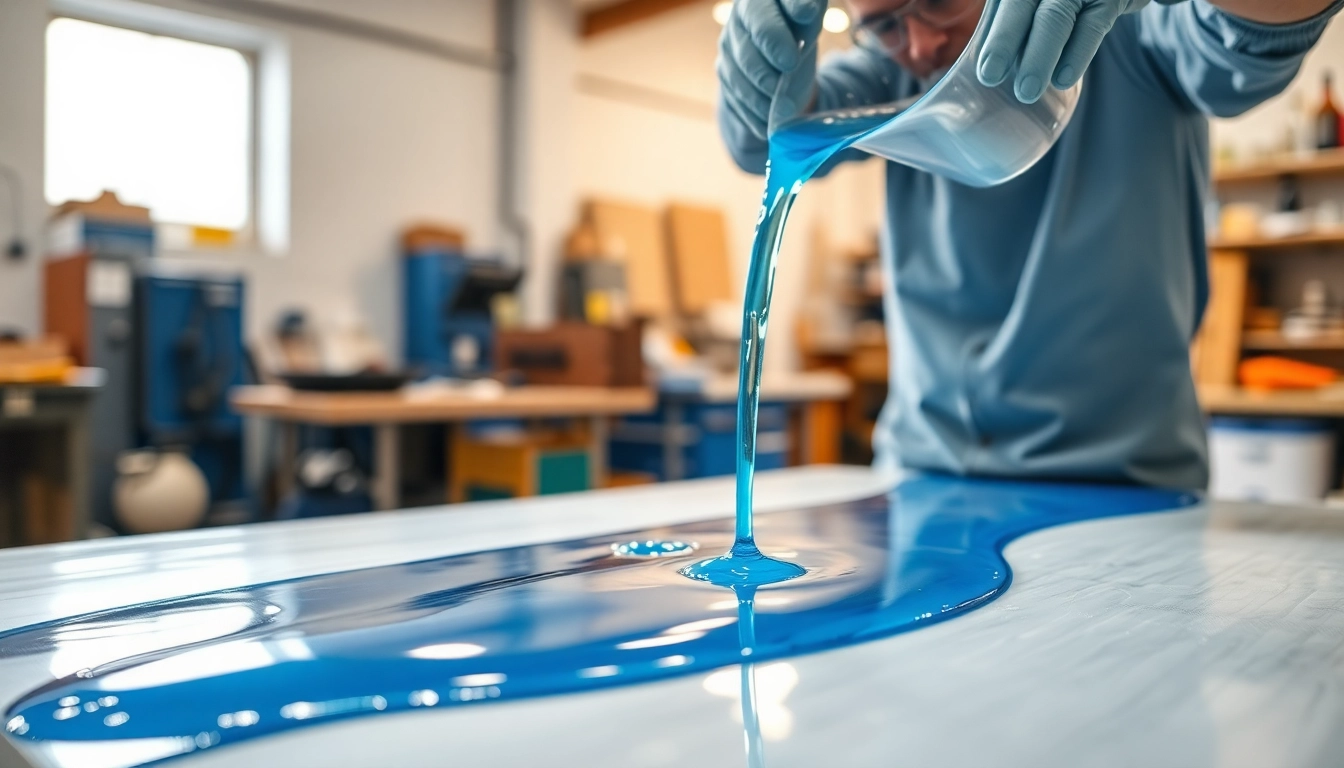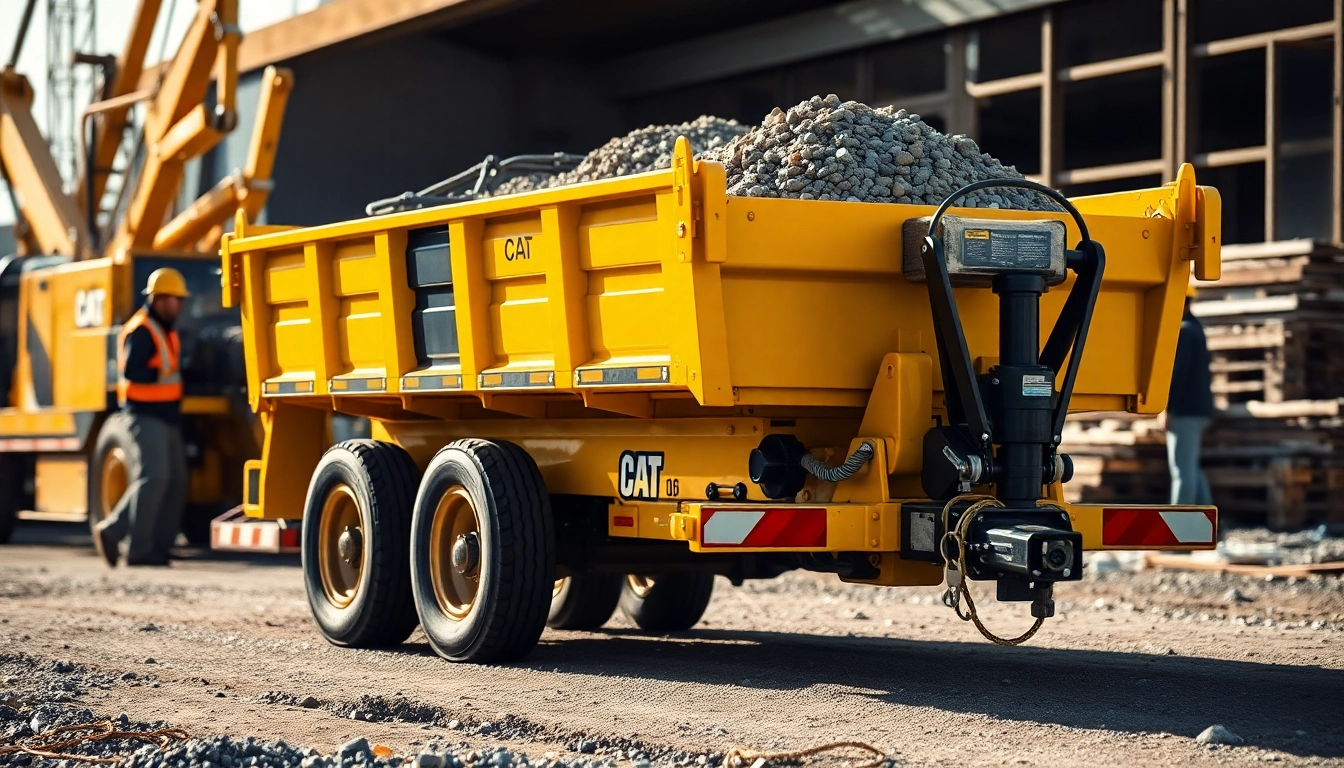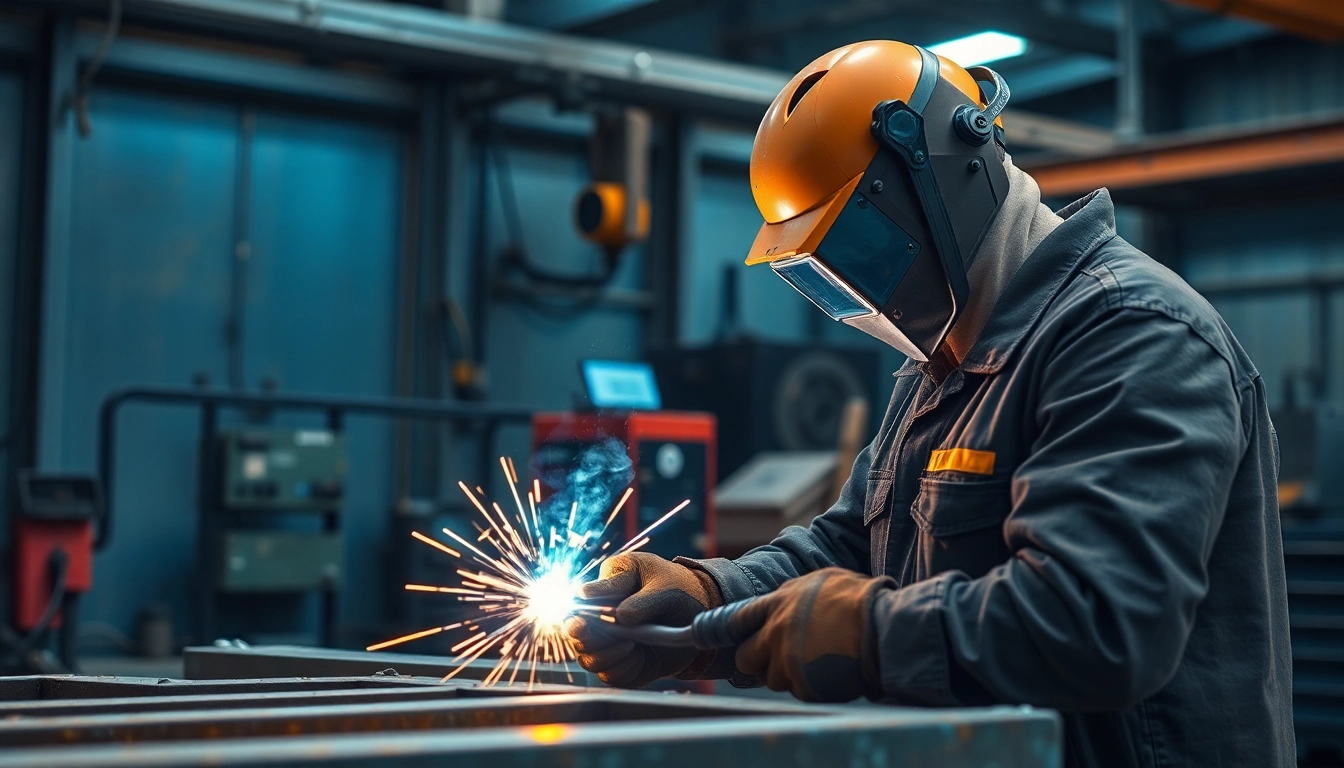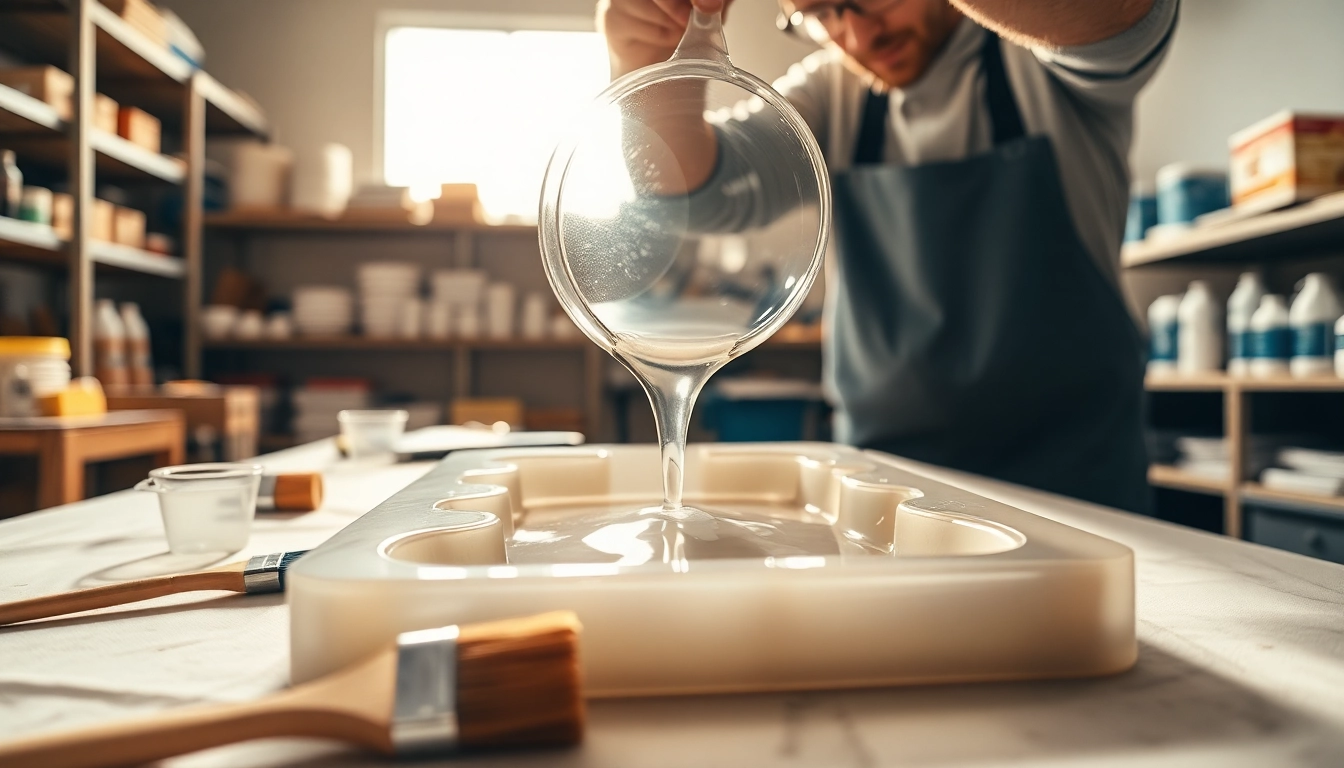Understanding Laminating Resin
Laminating resin plays a crucial role in many manufacturing and repair processes, especially when working with composite materials. It serves as a binding agent, allowing various materials to adhere together to create stronger structures. Whether you’re crafting a boat, building a mold, or repairing fiberglass, understanding the properties and applications of laminating resin can significantly enhance the project outcome.
What is Laminating Resin?
Laminating resin is a type of polymer resin specifically formulated to combine with reinforcement fibers, usually fiberglass, to create a composite material. This resin typically has a low viscosity, allowing it to effectively saturate the fibers and distribute evenly across the surface. Once cured, the resulting laminate possesses excellent mechanical properties, making it sturdy and resistant to various environmental factors.
There are primarily two types of laminating resins: polyester and epoxy. Polyester laminating resin is often valued for its cost-effectiveness, while epoxy offers superior adhesive qualities and strength. The choice between these two types largely depends on the specific requirements of the application.
Types of Laminating Resin
When it comes to laminating resin, there are several variations, each designed to meet specific needs and challenges:
- Polyester Laminating Resin: This is a widely used type of resin known for its low cost and ease of use. It cures quickly and is often preferred for applications such as boat building and automotive repairs. However, it can have limitations regarding strength and heat resistance when compared to epoxy resins.
- Epoxy Laminating Resin: Epoxy resins are more expensive but offer much better adhesion and thermal stability. They cure to a hard, dense finish that can withstand higher temperatures. This makes them suitable for aerospace applications and where higher performance is required.
- Vinyl Ester Laminating Resin: This type of resin combines the benefits of both epoxy and polyester, offering excellent corrosion resistance and durability. Vinyl ester resins are often used in chemical-related applications where superior corrosion resistance is critical.
- Hybrid Laminating Resins: These are blends of various resin types designed to optimize the properties of each. Hybrid resins can provide customized solutions for complex applications where performance needs to be tailored.
Common Uses of Laminating Resin
Laminating resins are versatile and can be used in a multitude of applications:
- Boat Building: The marine industry extensively uses laminating resins for constructing lightweight and durable hulls. The resin ensures the fiberglass layers bond securely to provide structural integrity and watertight features.
- Automotive Components: Many vehicles utilize composite materials made from laminating resins to reduce weight while maintaining strength. This helps improve fuel efficiency without sacrificing safety.
- Industrial Applications: Laminating resins are regularly used in composites for machinery and industrial parts. Their toughness and resistance to chemicals make them suitable for various environmental conditions.
- Aerospace Engineering: High-performance laminated composites are crucial in aerospace for their lightweight and strong characteristics, enabling efficient aircraft designs.
- Repair Work: Laminating resins are ideal for repairing damaged fiberglass components, restoring their original strength and appearance.
Benefits of Using Laminating Resin
The use of laminating resin in construction and repair processes offers numerous advantages that contribute to improved performance and durability of the final product.
Enhanced Structural Integrity
One of the primary benefits of using laminating resin is the enhanced structural integrity of the composite material. When glass fibers are saturated with resin, they bond together, distributing stress and strain more evenly across the material. This process results in a laminate that can withstand higher loads without failure, making it ideal for applications where strength is paramount.
Versatility in Applications
Laminating resin is incredibly versatile, being applicable in various industries. Its adaptability allows it to be used in diverse projects ranging from recreational crafts and automotive manufacturing to complex aerospace components. This versatility extends to the different formulations available, enabling users to select the right type for their specific needs.
Resistance to Environmental Factors
Another significant advantage is the resistance of laminating resins to various environmental conditions. Many laminating resins are designed to endure exposure to moisture, chemicals, UV light, and extreme temperatures. This resilience is crucial for applications where parts may face harsh conditions, ensuring longevity and reliability.
Best Practices for Laminating Resin Application
Effectively applying laminating resin is crucial for achieving optimal results. Following best practices can ensure a strong bond and a beautiful finish.
Preparing Your Work Area and Materials
Before beginning any laminating project, it is vital to prepare your work area:
- Cleanliness: Ensure the workspace is clean and free from dust and contaminants. A clean environment reduces the risk of introducing debris into the resin, which can weaken the bond.
- Temperature and Humidity: The temperature should be within the manufacturer’s recommendations, as extreme conditions can affect curing times and the quality of the bond. Humidity can also impact the curing process.
- Material Preparation: Ensure that materials such as fiberglass cloth are cut to size and staged for easy application. It minimizes delays in the application process, which can lead to issues with curing and bonding.
Application Techniques and Tips
Applying laminating resin requires a methodical approach:
- Mixing: Follow the manufacturer’s instructions for mixing the resin and hardener. Improper ratios can lead to incomplete curing or weak bonds.
- Layering: If using multiple layers, ensure each layer is fully saturated before applying the next one. This technique ensures optimum adhesion.
- Applying Pressure: Use rollers or brushes to apply the resin evenly across the fiberglass. Pressing the resin into the fibers eliminates air bubbles, which can compromise the integrity of the laminate.
- Curing Time: Allow sufficient curing time as recommended by the manufacturer before handling or applying additional layers. Rushing this process can lead to a compromised structure.
Post-Application Care
Once the application is complete, it’s essential to care for the laminate:
- Maintain Optimal Conditions: Keep the newly laminated piece in a controlled environment until completely cured to prevent premature exposure to moisture or temperature variations.
- Inspect for Flaws: After curing, inspect for any imperfections or flaws and address them promptly to maintain the integrity of the structure.
Troubleshooting Common Issues
Even with the best practices, issues can arise during the laminating process. Understanding common problems and their solutions can save time and resources.
Understanding Incomplete Curing
One of the most common issues with laminating resin is incomplete curing. This can occur due to incorrect mixing ratios of resin and hardener or unfavorable environmental conditions. If the resin remains tacky after the expected curing time, the following steps can be taken:
- Check Temperature: Ensure the work area was within the ideal temperature range. If not, move the piece to a warmer location to encourage further curing.
- Correct Ratio Issues: If the initial mixture was incorrect, a light sanding followed by a fresh application of the correct resin mix might be necessary.
Addressing Bubbles and Surface Imperfections
Bubble formation can compromise the visual quality and structural integrity of the laminate:
- Poking and Pressing: Use a sharp object to gently poke small bubbles to allow air escape and resin to flow over the surface.
- Sanding and Reapplying: If bubbles are significant, sanding the surface and applying a new layer of resin can refresh the finish and eliminate imperfections.
Correcting Mixing Errors
Mixing errors often result in weak bonds:
- Resin Remediation: If the mix is still workable, you can add additional hardener to improve the cure, but this should be done while being cautious of exceeding the manufacturer’s limits for hardener.
- Full Replacement: If the mixture has completely cured incorrectly, it may be necessary to sand down the faulty layer and restart the application with a new batch.
Comparing Laminating Resin with Other Resins
Understanding how laminating resin compares to other types of resins is essential for selecting the right material for a specific project.
Advantages of Laminating Resin vs. Epoxy Resin
While both laminating resin and epoxy resin serve to bond materials, they possess distinct characteristics:
- Cost-Effectiveness: Laminating resins, particularly polyester variants, are generally cheaper, making them ideal for budget-sensitive projects.
- Curing Speed: Laminating resin tends to cure faster than epoxy, allowing for quicker turnarounds on projects.
- Flexibility in Use: Laminating resin can be easier to work with for beginners due to its forgiving nature and faster curing times.
Laminating Resin vs. Polyester Resin
Laminating resins and polyester resins share similarities but differ in their purposes:
- Formulation Diversity: Laminating resins are a category within the polyester resin family, specifically designed for bonding composites, whereas other types of polyester resins serve different functions, such as casting or general-purpose repairs.
- Durability: Laminating resins are often formulated with additional chemicals for higher durability, strength, and lower shrinkage rates compared to standard polyester resins.
When to Choose Laminating Resin for Your Project
Choosing laminating resin is appropriate when project requirements include:
- High Structural Integrity: Use laminating resin for applications where high load-bearing capacity is essential.
- Versatile Fabrication Needs: If your project involves various types of fiberglass and composites, laminating resin provides the adaptability required.
- Environmental Resistance: For projects facing moisture, UV, and chemical exposure, laminating resin offers excellent long-term durability.
In conclusion, laminating resin is a powerful tool in various manufacturing and repair fields, providing advantages in strength, versatility, and environmental resistance. Understanding its applications and best practices can enhance project outcomes and ensure lasting durability.



